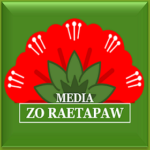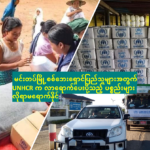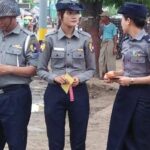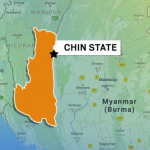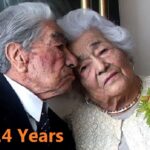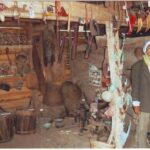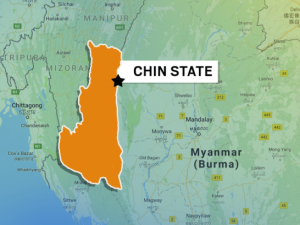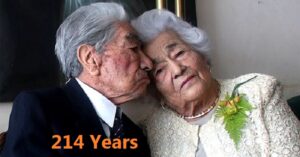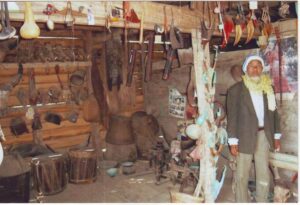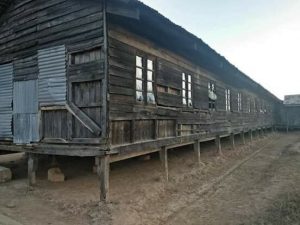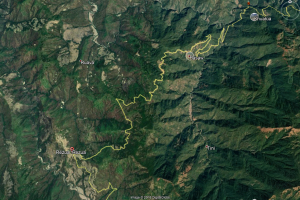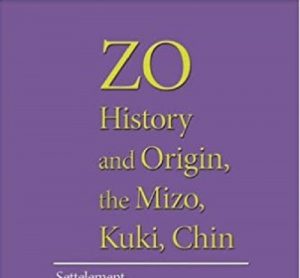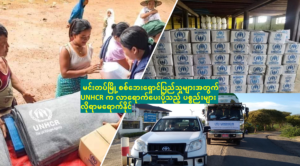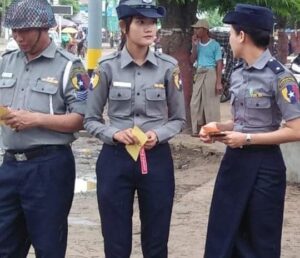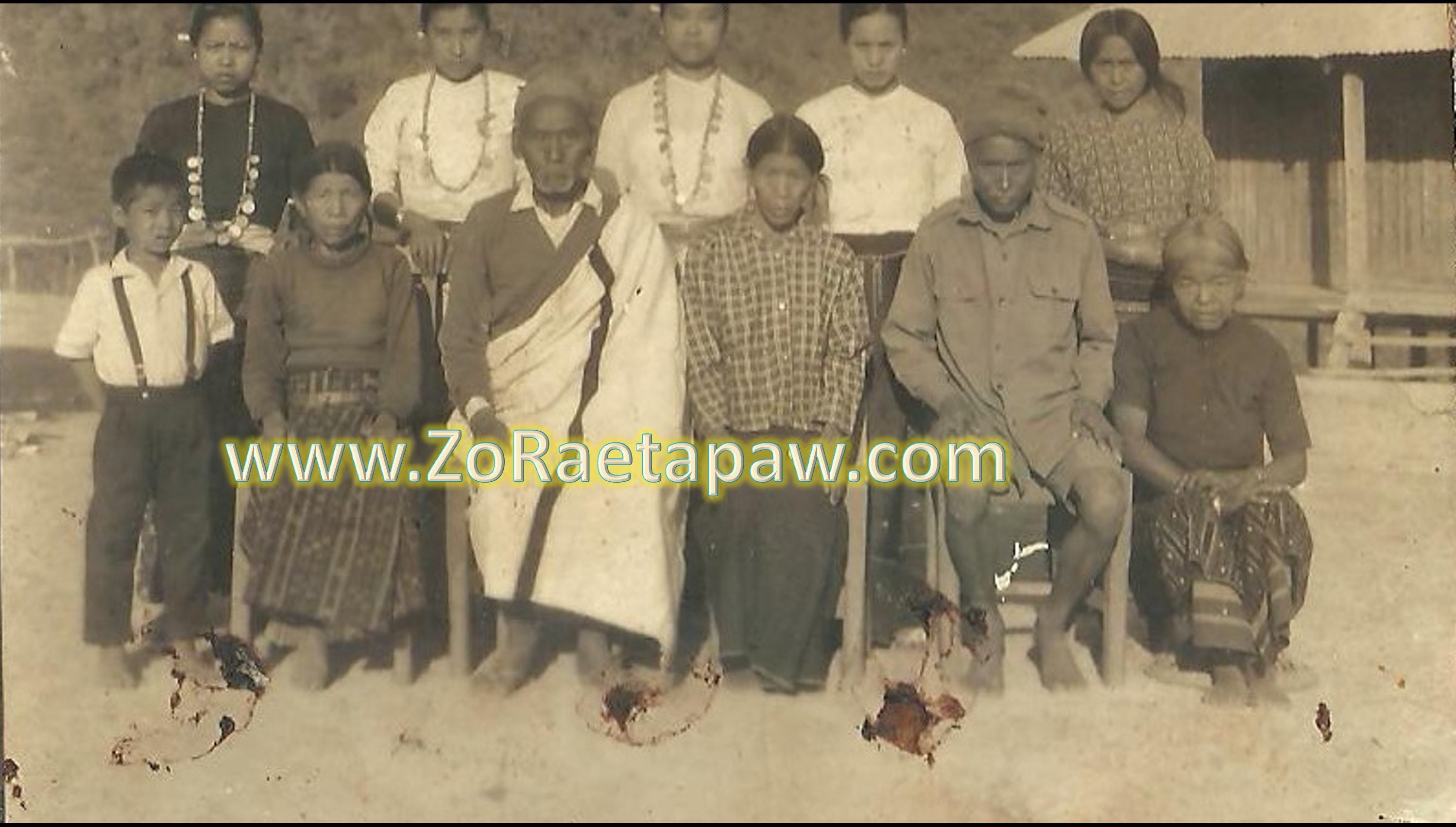
Eureka, We have Found it! The long search for their true ethnic identity has finally come to an end. We’ve found it! “They are one in Zo”. The following statements by scholars, administrators and clergymen speak volumes about their true ethnic national name. It sets them free, once and for all from the bondage of ignorance of who they really are that breeds distrust, confusion and rifts under the spell of the mistaken imposition of ‘Chin’ on them. It is indisputably a fair accomplice that they are none other than “Zo” People.
- Fan Cho, a Chinese diplomat of Tang Dynasty: :He wrote in AD 862 in The Manshu – Book of the Southern Barbarians’ about the Zo kingdom, more than 250 years earlier than ‘Chin’ was inscribed as ‘Khyan’ on stones at Pagan (1084-1113). His record says, “A petty kingdom in Chindwin Valley whose princes and chiefs were called Zo (Jo)”
- Sir J. George Scott: : Reported to the Government of British India, “The Zo (Yo/Jo) (people) never called themselves by such names as Chin whin they objected. (Burma; A Handbook of Practical Information 1911 p 104/ Burma and Beyond 1932 p 187)
- Pimberton: : Mentioned Zo/Jo in his ‘Reports on the Eastern Frontiers of British India, 1835 p8.
- Francis Buchanan: : Wrote about Zo/Jo and their language. A comparative Vocabulary of some of the languages spoken in Burmese Empire, Asiatic Research. Vol.5 1808, pp 223-234
- G A Grierson: : Remarked: “The name Chin is not used by the tribes themselves who use titles such as Yo, Jo/Zo”. (Linguistic Survey of India 1894-1928 Vol. 171, Part 3, page 2)
- TH Lewin: : Wrote “the generic name of the whole nation (Kuki-Chin) is Dzo (Zo)”. (Lushai Expedition 1871-72
- Bertram S. Carey and H.N. Tuck 1932: : Those of the Kuki tribes which we designate as “Chins” do not recognize that name, they call themselves Zo (Yo) ……. and Zo is the general name by which the Chin call their race. The Chin Hills Vol 1, Delhi Cultural publishing House, 1896 (first) pp3,23 (1932)
- U Thein Pe Myint 1967: : A famous historian, wrote: “Even though the people who are called Chins do not necessarily protest, their true name, in fact, is Zomi”. Withita Taing Tamaing Asa. (Rangoon, Burma Translation Society 1967 p 172)
- F K Lehman (1980): : The term ‘Chin’ is Burmese word, not a Chin word. All or nearly all of the peoples have a special word for themselves which appears as Yo, Seu (Zo) and the like. The Structure of Chin Society p3.
- Forchhammer, Maung Thet Pyo, Athur Phayre: : Zo, (Jo, Yaw) people people. Inhabiting areas between Assam and the Irrawaddy river.
- U Ba Than: : “Outsiders called them Cih, in fact they are Zomi” Kyaung thung Myanmar Yazawon, Author ‘School Text book of Burmese History.
- Daw Khin Myo Chit: : A Burmese scholar. “Yaw, Lushai, Thahdo, Naga, Kuki Chins are in fact, Zomi.”
- Sang Ling and Rev Sang Fen: : These most revered and respected leaders in the Hakha area, declared at Falam in 1952. “Zo is our national name” ZBC constitution Drafting C’tee, 1952.
- Sayagyi U Ba Taung Tin: : An Asho Zomi, a highly respected, retired District Education Officer, Ygn. District, Myanmar, on his visit to Canada, in 2010 said: “Our true name since time immemorial is Zomi though those who call themselves Laimi unfounded deny”. (wrote Pa Mang Khan Khup who interviewed Sayagyi in Canada, 2010’ Reconfirmed by Mary T. Way, daughter, in May 2017)
- Sayagyi Salaing Tun Hlaing: : another Asho Zomi, also highly respected retired State Education Officer, Chin State, analyzed in 1986 “Asho is Zo with the prefix ‘A’ having no meaning like definite article, ‘the’ in English. So, Asho is, ‘AZo’, that is, Zo”. Courtesy, Prof Dr C. Thang Za Tuan 2016
- Dr Daw Aung San Suu Kyi: : State Counselor Addressing the Chin community on her visit to Melbourne as Opposition Leader in 2013, Dr Suu Kyi acknowledged, “Zomi-s stood by me in difficult times” at Dandenong Basketball Stadium, Melbourne on December 1, 2013.
- The 2012 Election Commission: : Naypyidaw officially tendered the decree recognizing Zomi on May 31, 2012 to Pu Cin Sian Thang, President of Zomi Congress for Democracy Party, now elected to Parliament by popular vote on Nov 8, 2015
Early Settlements in Burma
Some historians believe that the first wave of Zo migration might have arrived at the Chindwin valley as early as 6 AD or even earlier, and by 100 AD onwards, settled around Pagan long before Anawratha was crowned king in 1044.crowned king in 1044.
Pagan – Pugam
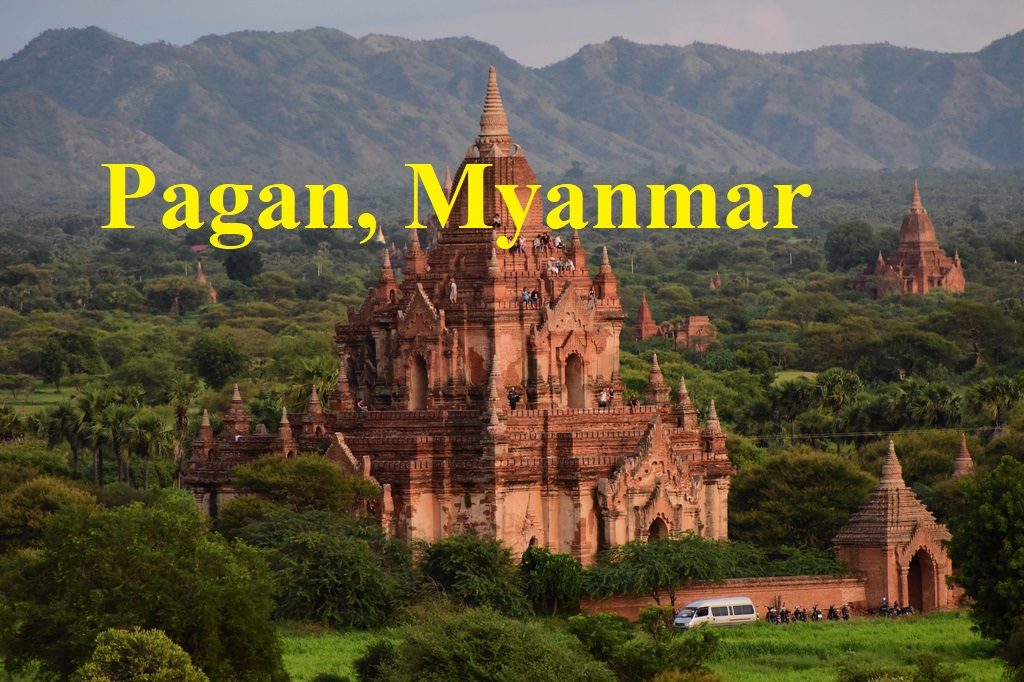
U Ba Tha, a renowned historian, author of the School Text Book of Burmese History, believed the name of the kingdom capital, ‘Pagan’ was the corrupted Burmese for Zo word “Pu’gam” meaning “grandfather’s country”. (Kyaung Thung Myanmar Yazawon, School Text-book of Burmese History) Dr Neihsial Tual Cin Ph D, India, in his book, mentioned that the ancient Burmese city, Pagan (Pugam) was the name given by “Zo” forefathers. (Guite Kual a Lutna 1985)
Popa – Pupa
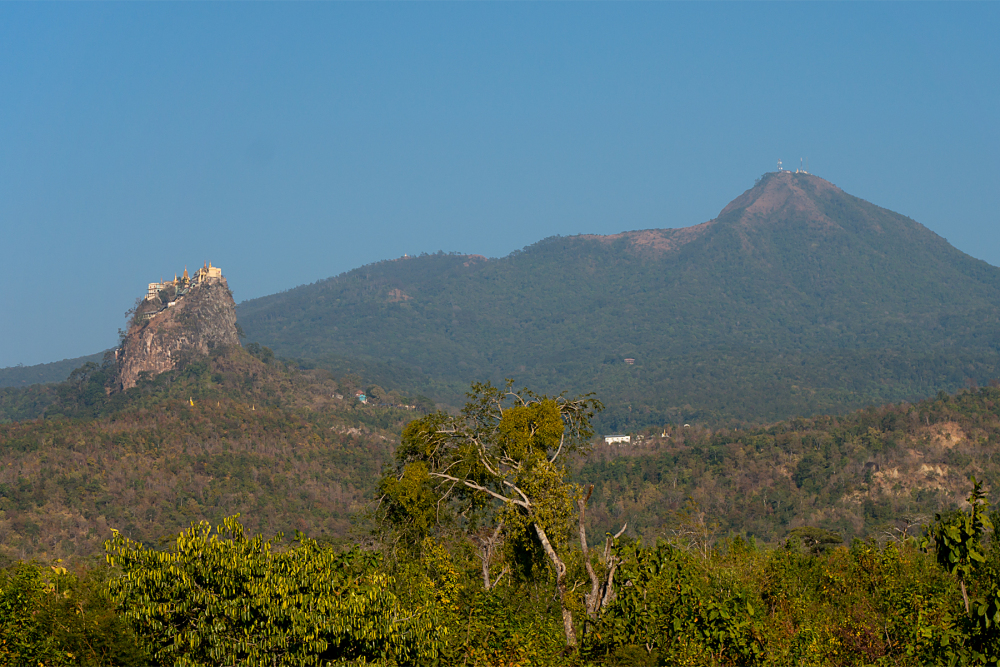
So, according to Sayagyi Salai Tun Hlaing, State Education Officer, in 1986, “Popa, originally ‘Pupa’ in Zo language was a corrupted to Burmese word, “Popa”. Pupa was an honorific Zo title for “Master or Grand-father”, given to the gigantic volcanic ‘plug’ sticking up to 737 meters above sea level, for its awesome magnificence. Not surprisingly their forefathers would have believed it to be the abode of a supreme spirit and offered sacrifices to propitiate him calling ‘Pu-Pa’ since none of these names, Pagan and Popa, translate into the Burmese language, the veracity of the claims cannot be repudiated unless proved otherwise.
